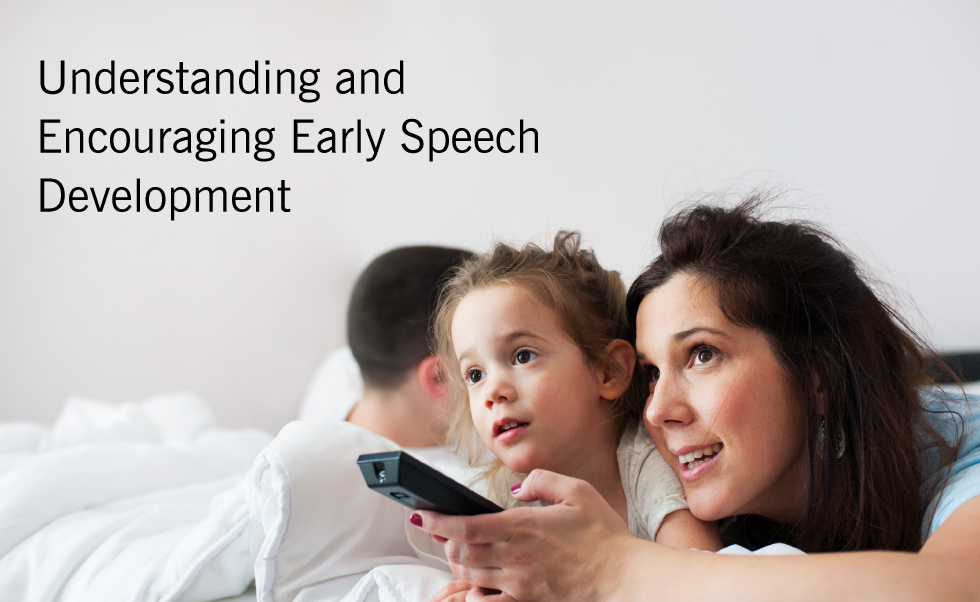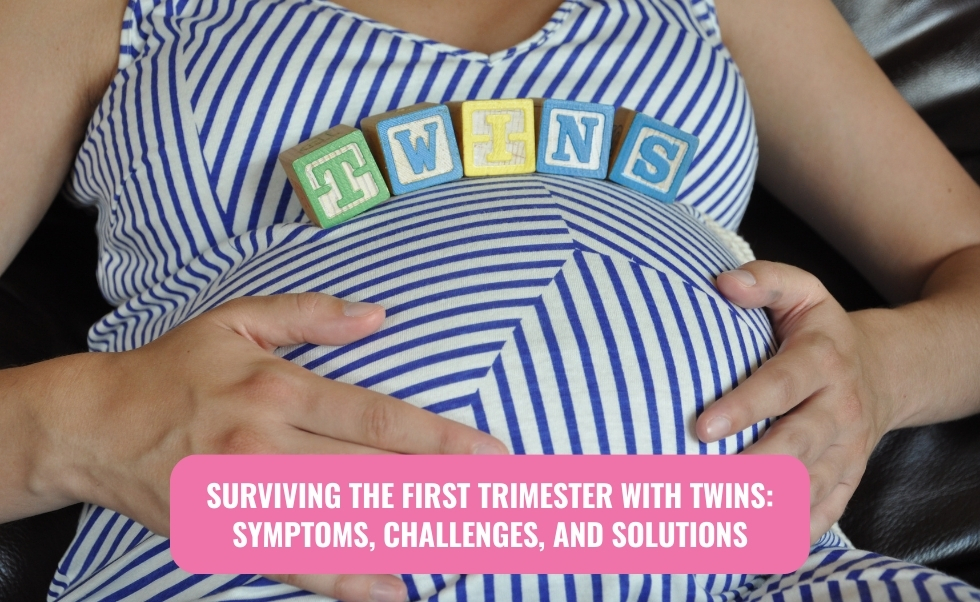Speech development is one of the most exciting milestones in a child’s early years, often filling parents with awe as they watch their baby’s first words emerge. It’s a remarkable process, rooted in both biology and environment, and as parents or caregivers, your role is pivotal in encouraging these early speech skills. In this comprehensive guide, we will explore the stages of early speech development, factors that influence it, and effective strategies you can use to support your child’s communication skills from infancy onward.
The Stages of Early Speech Development
Speech development doesn’t happen overnight. It’s a gradual process that occurs in distinct stages, beginning well before the first word is spoken. Understanding these stages can help you recognize where your child is in their speech journey and how you can support them at each stage.
1. Pre-verbal Communication (0-6 months)
During this period, babies communicate primarily through non-verbal means like crying, cooing, and gestures. While these may not seem like “speech” in the traditional sense, they are crucial foundations for verbal communication. Babies begin to understand tone and rhythm and will often imitate sounds they hear.
How to Encourage:
- Talk to your baby frequently in a calm and soothing voice, describing your actions and surroundings.
- Respond to cooing and babbling with similar sounds to foster a sense of conversation.
- Use facial expressions and gestures to help them associate communication with emotions and responses.
2. Babbling Stage (6-12 months)
By around six months, babies start experimenting with sounds, leading to what is commonly known as babbling. At first, these sounds may be random, but soon they begin to form repetitive consonant-vowel combinations like “baba” or “mama.” Babbling is a way for babies to practice the sounds they will later use in speech.
How to Encourage:
- Repeat the sounds your baby makes and build on them. If they say “ba,” you can respond with “ba-ba” or “ball” to introduce new vocabulary.
- Engage in “conversations” with your baby, even if their sounds don’t form words. This teaches the back-and-forth rhythm of dialogue.
- Use simple songs and rhymes to expose them to language patterns and phonetics.
3. First Words (12-18 months)
Around the first birthday, many babies begin to say their first recognizable words. These may be simple, familiar words like “mama,” “dada,” or “ball.” By 18 months, toddlers typically have a small vocabulary of around 10-20 words. While they may still rely on gestures and babbling, the transition to words has begun.
How to Encourage:
- Label objects during daily routines: “This is a cup,” or “Here is your book.”
- Celebrate and respond enthusiastically to the first words. This reinforces their significance and encourages repetition.
- Expand on their vocabulary: If your child says “milk,” respond with, “You want milk? Here’s your cup of milk.”
4. Two-Word Phrases and Early Sentences (18-24 months)
Between 18 and 24 months, toddlers start combining two words to form simple phrases, such as “more juice” or “big truck.” This is an exciting leap in language as they begin to use language to express needs, emotions, and observations.
How to Encourage:
- Encourage combination: If your child says “dog,” you can respond with “big dog” or “happy dog” to introduce new descriptive words.
- Read books together and ask questions like, “What is this?” or “Where is the cat?”
- Play word games like pointing to body parts and naming them or identifying objects in the house.
5. Building Vocabulary and Grammar (2-3 years)
By age two, children typically have around 200 words in their vocabulary, and they start to understand simple grammar rules. As they approach age three, they can form longer, more complex sentences, ask questions, and understand basic prepositions.
How to Encourage:
- Narrate your activities: “Now, I’m washing the dishes,” or “Let’s put on your shoes.”
- Encourage pretend play: This helps your child practice using language in different scenarios. Playing with dolls, cooking sets, or toy phones can be great for this.
Use open-ended questions: Instead of asking yes/no questions, ask questions that encourage more elaborate responses, like “What did you do at the park today?”
Factors Influencing Early Speech Development

While each child develops speech at their own pace, several factors can influence how quickly and easily a child begins talking.
1. Hearing Ability
Hearing is essential for speech development. Babies who can hear language and sounds around them are more likely to start speaking sooner. If there are concerns about your child’s hearing, such as a lack of response to sounds or limited babbling, it’s essential to consult a pediatrician.
2. Parental Interaction
Children who are spoken to, read to, and engaged with regularly develop language skills faster. The quality and quantity of language exposure can significantly impact how quickly a child begins to communicate.
3. Bilingualism
If a child is exposed to more than one language at home, they may take slightly longer to start speaking as they process the vocabulary and grammar of two languages. However, bilingual children often catch up quickly and benefit from long-term cognitive advantages.
4. Temperament
Some children are naturally more verbal, while others are quieter and more observational. This difference in temperament can affect the pace of speech development, but both styles are completely normal.
Tips for Encouraging Speech Development
There are many simple yet effective ways parents can encourage speech development. Here are some key strategies:
1. Talk, Talk, Talk
Talking to your child is one of the most important things you can do to encourage speech development. Whether you’re describing your day, narrating actions, or having a conversation about the weather, you’re exposing them to new words and language structures.
2. Read Together
Reading to your child is a proven method to build language skills. Choose age-appropriate books with colorful pictures and simple text. Ask questions about the story, point to pictures, and encourage your child to “read” along with you.
3. Limit Screen Time
While educational programs can be beneficial in moderation, excessive screen time can delay speech development. Interactive, real-life conversations are far more valuable than passive exposure to screen-based language.
4. Be Patient and Positive
Every child develops at their own pace. Avoid pressuring your child to speak, and instead, create a supportive, nurturing environment where they feel comfortable experimenting with words.
5. Sing Songs and Rhymes
Songs and rhymes are a fun and engaging way to introduce your child to rhythm, tone, and new words. Classic nursery rhymes or action songs with hand movements can help solidify word meanings.
When to Seek Help
It’s important to remember that all children develop at different rates, and there is a wide range of what is considered “normal.” However, if your child is not babbling by 12 months, not using any words by 18 months, or not combining two words by age two, it may be worth consulting with a speech-language therapist for a professional evaluation.
Conclusion
Early speech development is a wondrous process that unfolds gradually. As a parent, you have a significant role to play in nurturing and encouraging your child’s language skills. By engaging with your child through talking, reading, playing, and responding to their communication efforts, you’re setting the stage for robust speech development. Be patient, stay positive, and enjoy the journey as your child’s first words turn into sentences and conversations!







